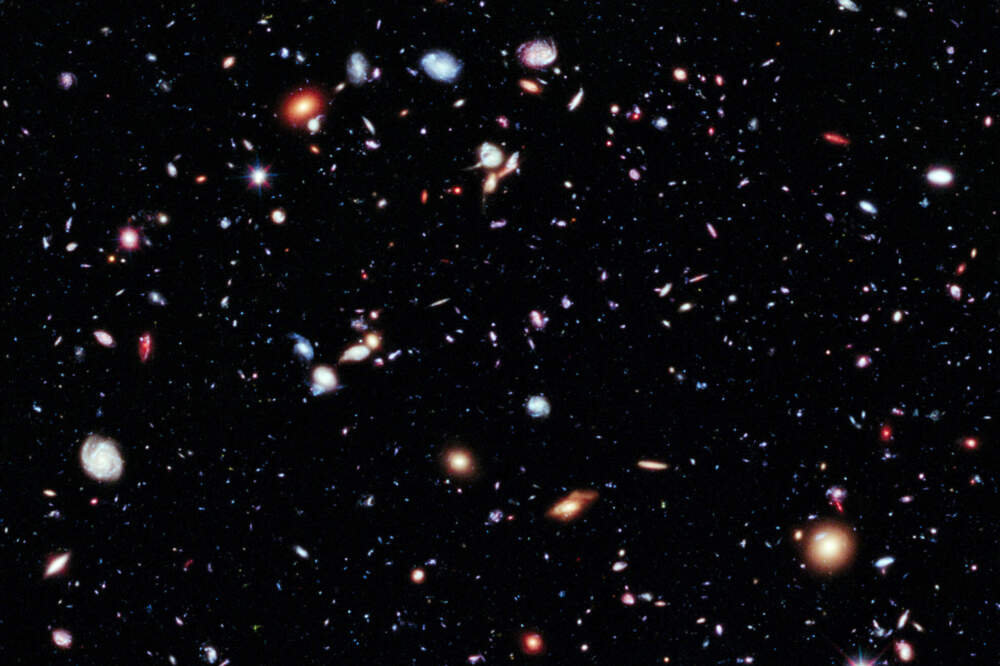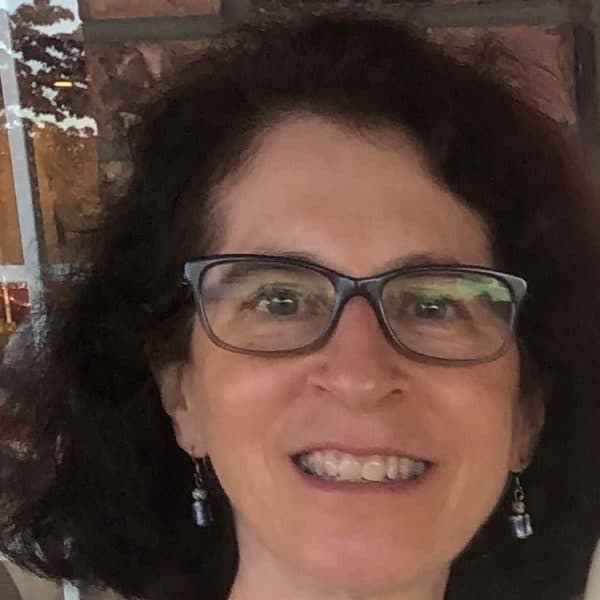Advertisement
New views of the universe, genetic cures, planet-swallowing star: Biggest science stories of 2023
Resume
2023 was a banner year in science. New views of our universe, breakthroughs in disease research and cures, the solution to a decades-old math problem and interstellar absorption are only the tip of the rapidly melting iceberg.
These developments in science are feats on their own but also offer an optimistic outlook for the future.
“What we see again and again in biomedical research is there are ways to take the technology — and we see this for vaccine technology, for immunotherapy — once they're kind of well understood, they can be used again and again for different problems,” says Laura Helmuth, editor-in-chief of Scientific American.
Scientific American’s Laura Helmuth breaks down the top science stories of 2023
The first full year of data from the James Webb Space Telescope
“The biggest surprise was that it uncovered so many really big and complex and mature galaxies. And according to cosmological theories about how the universe evolved, nobody was really expecting to see that kind of really full-grown galaxy so early in the universe's history.
“It's also uncovered a lot of exoplanets, which are planets around other distant stars. And we've gotten some just beautiful looks at the planets in our own solar system.”
Astronomers saw a star eat a planet for the first time
“This quiet red giant hadn't been doing anything exciting and then over the course of a couple months it emitted this huge burst of lights and radiation … it's a process called planetary engulfment.
“This is sort of like a doom-foretold vision we have because this star is very much like our own sun. So in about 5 billion years, our Earth will also be a red giant, and that's when the Earth is going to slam into the sun and that will be the end of everything for all of us.”
Gene editing cured 100 people of sickle cell disease
“Sickle cell disease is a really painful lifelong problem where the red blood cells, rather than being kind of round and slippery, as in most people, they're kind of sickle-shaped. They get stuck to each other and they get stuck in capillaries. It can cause excruciating pain.
“This is the first treatment that actually changes people's genome and uses the system called CRISPR gene editing and allows them to make the properly shaped red blood cells.”
Diabetes drugs Ozempic, Wagovi and others have proven effective in treating other conditions
“There have been some clinical trials showing that people with obesity who take these drugs have a dramatically reduced risk of cardiovascular disease.
“There's also some early signs that it can reduce the risk of kidney disease and it seems to be able to treat some types of addiction and still early stages, but it really is the most promising treatment for obesity-related diseases that we've ever seen.”
95% of people diagnosed with penicillin allergy aren't actually allergic to penicillin
“So many people have been told that they're allergic to penicillin. A kid goes into the doctor's, there's something wrong with them, they take penicillin in case it's an infection, and then they get a rash or they have a fever. And out of an abundance of caution, the doctor will assume, ‘Okay, that's a penicillin allergy.’ But it was almost certainly just the condition that brought them to the doctor in the first place.
“Once an allergy is in your medical charts, it's hard to get it out. But now more sophisticated testing shows that 95% of people who have in their medical charts that they are allergic to penicillin are not actually allergic to penicillin, which is great because more people can use it.
“That will give them just more options to treat future infections and potentially slow down the rise of antibiotic resistance.”
Gorillas, orangutans and other apes like to play on playground equipment like human children
“I think whenever we understand more about animals, it helps us appreciate that we're all connected.”
A new ecosystem was discovered below a hydrothermal vent in the seafloor
“A hydrothermal event at the bottom of the sea is where superheated water is squirting out of cracks in the seafloor. They support a lot of life, but nobody has really looked underneath the vents.
“A mission went to a hydrothermal vent and dug around underneath it and found that there's a whole other ecosystem underneath the geyser. And it's got worms and snails and various larvae. Just another sign that the ocean is amazing.”
A mathematician solved a 50-year-old puzzle about the Möbius strip
“The Möbius strip, maybe some people have made this, you basically take a piece of paper and you twist it and then tape the edges together, and then if you run your finger along the Möbius strip, it's like an endless surface. It's basically a one-dimensional structure mathematically that loops around endlessly.
“There's been a question for about 50 years: How short of a piece of paper can you use to make a Möbius strip? And so just this year, mathematicians figured out that the ratio between the width of a strip of paper and the length of it is 1:√3.
“So if you have a strip of paper that's one centimeter wide, you have to have a length that is at least 1.73 centimeters in order to make a Möbius strip that doesn't fold up on itself or intersect with itself.”
Karyn Miller-Medzon produced and edited this interview for broadcast with Catherine Welch. Grace Griffin adapted it for the web.
This segment aired on December 26, 2023.

